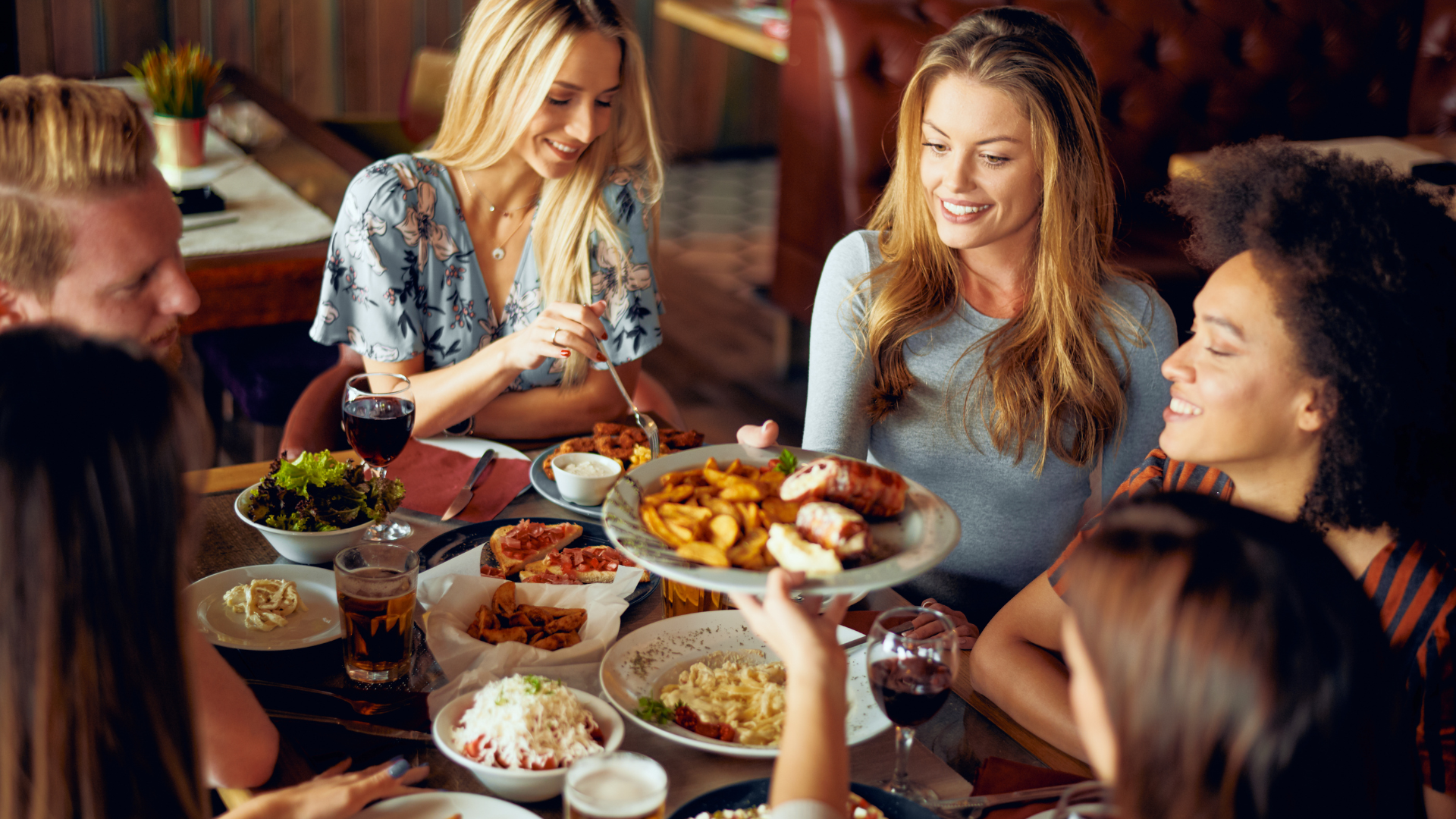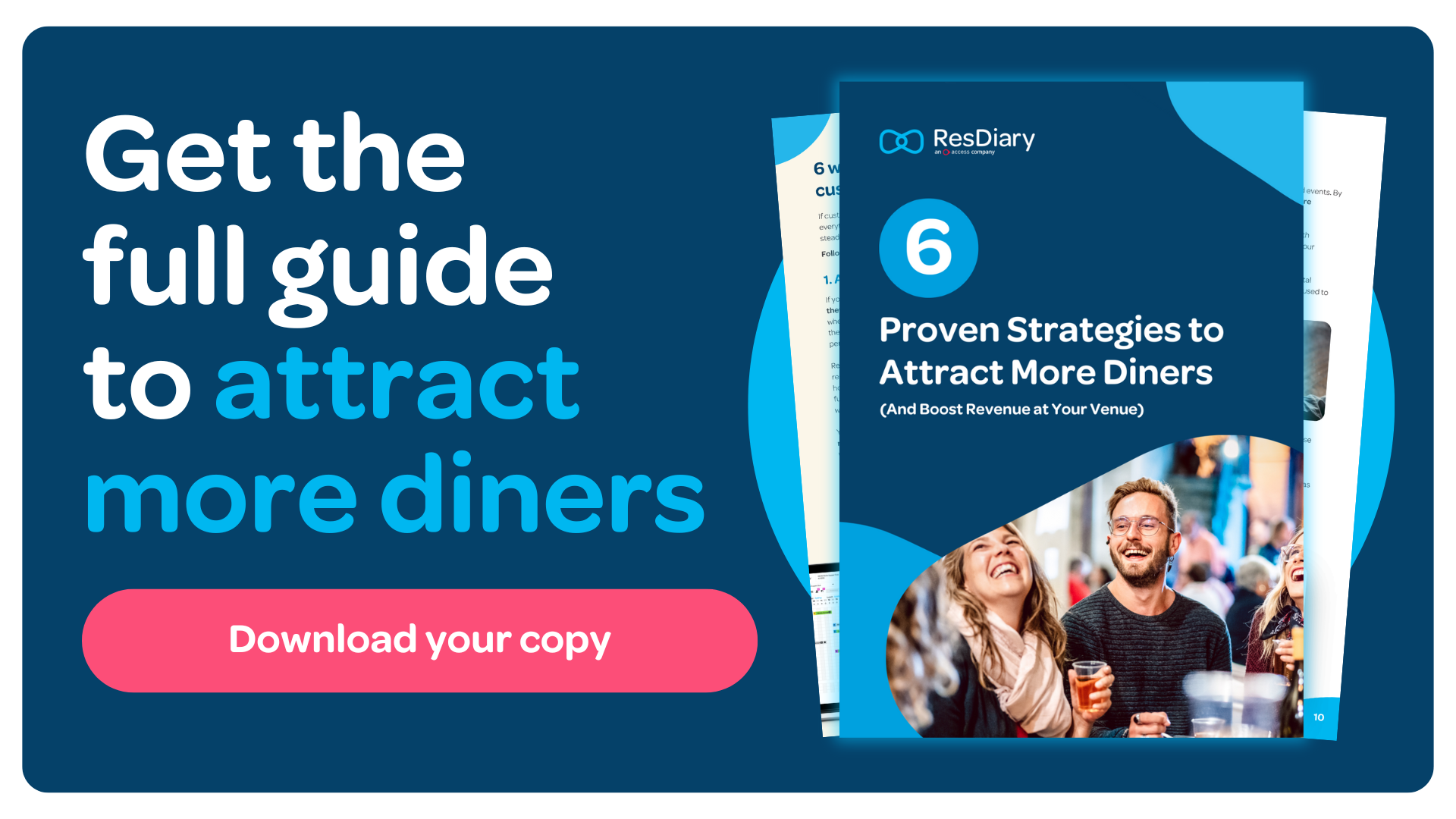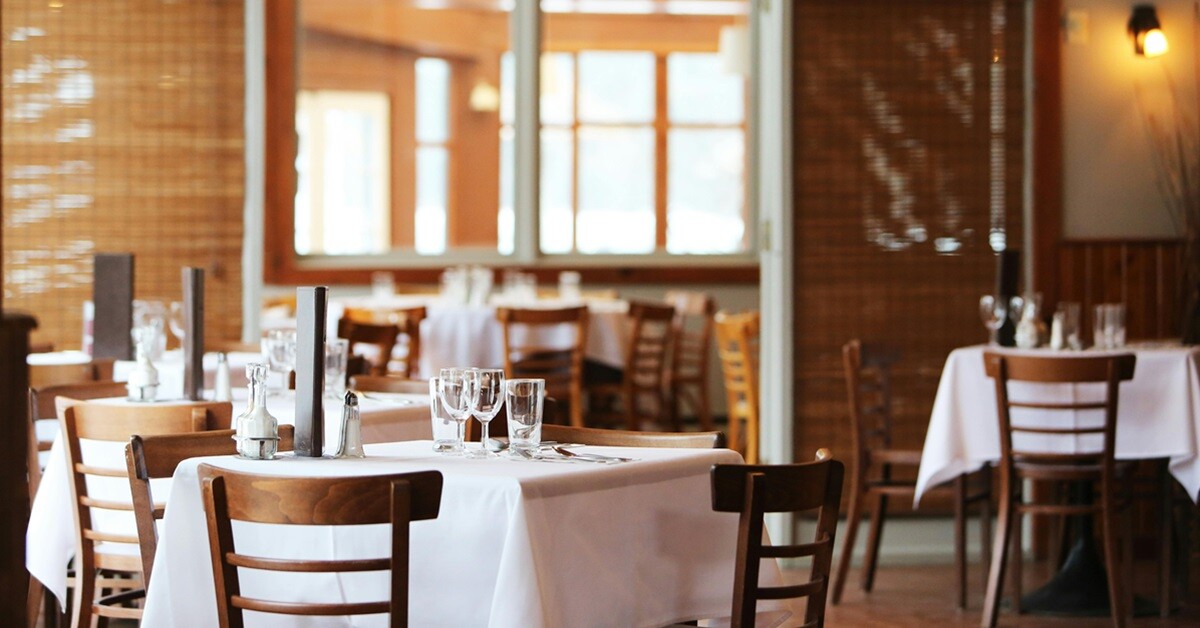The hospitality industry is fast growing and forever competitive, making the attraction of loyal customers a critical focus of any restaurant owner. Fortunately, if you are looking to grow your customer base, there are plenty of effective strategies for attracting a wide range of interested customers.
This handy guide will outline eight specific methods to draw in new customers and keep them loyal to your restaurant brand. Read on to learn what ways your restaurant can attract customers and grow.

1. Great food and service
When people know they can always have a positive customer experience at your restaurant, they will discuss the venue more often. Word-of-mouth marketing is a core strategy for the hospitality industry, and a successful referral often comes from genuine enjoyment of the venue and the experience it offers.
Combining this enjoyable atmosphere with great food is what makes a restaurant memorable. When your venue is constantly providing customers with delicious meals a positive reputation will grow. More customers are likely to enter your restaurant when they hear of your excellent menu.
It is important to note that this simple strategy of great food and service applies to any restaurant venue, from small venues to chains. Every restaurant can only experience upward growth when they put time, care, and effort into their food and customer service.
2. Define your unique selling point
The restaurant industry is highly saturated, with many similar cuisines existing in a small radius. The best way to stand out among your competitors and draw in more potential customers is your unique selling point.
A unique selling point (USP) is the competitive factor that separates your restaurant from other businesses in the same market. It is the reason why potential customers will choose your restaurant over others.
The first step for defining your restaurant's USP, if you have not already, is looking at what factors differentiate your venue from the competition. This can include factors such as:
- Costs
- Reliability
- Exclusivity
- Sustainability
- Health
- Locality
- Quality of ingredients and services
- Ease of use
- Experience
If you are having difficulty integrating your USP into your restaurant, it can be beneficial to follow these steps:
- Outline your target audience and what would motivate them to dine at your restaurants. You can gain more insight by talking to target customers and asking them yourself what is unique about your restaurant.
- Define what you already do as a restaurant to provide for your target audience. For example, offering lunch deals for students when they showcase a valid student ID.
- Avoid targeting the same USPs as competitors.
- Choose which USPs you wish to focus on and believe your audience is looking for.
Once you have defined what makes your restaurant unique in the market, the next step is showcasing this USP to the public to draw in your target audience.

3. Work on your branding
The branding of a restaurant is essential for portraying not only the business's core values but also its USPs. Without branding, a restaurant cannot be distinguished from competitors. Key distinguishing factors are:
- Tone of voice
- Core values to be integrated into marketing
- Typography
- Logos and images
- Colour palette
- Ambience or emotions evoked
There are numerous usages both within the restaurant and in the public that your restaurant branding can be used for. Some of the more notable ones are:
- Signage
- Named menu items
- Merchandise
- Digital branding
- Flyers
When branding is created from in-depth audience research and creative consideration, potential customers will find it difficult to forget your restaurant. When thinking about a particular cuisine or menu item, they are more likely to remember your restaurant if said goods have been associated with a memorable logo or slogan.
Thus, maintaining a certain brand in the public eye and within the restaurant can create a cohesive image that customers will remember. This, among other branding strategies, can increase sales in a competitive market like hospitality.
Additionally, it has been proven that customers tend to choose brands that align with their personal values. The rise of sustainable, eco-friendly, or dietary-specific restaurants in the hospitality industry is social proof of this trend. When branding indicates these kinds of values are present in a restaurant, both new and existing customers are more likely to remain loyal to your services. This is further supported by the difficulty many people have in switching brands once they have found one they enjoy.
4. Manage your online reviews
Online reviews are one of the first indicators to the public whether a restaurant is worth a visit. A high customer rating encourages many to visit a restaurant nearly as well as word-of-mouth. That is because online reviews are often viewed as a direct and honest means of gaining information about a venue from previous customers.
Thus, putting effort into getting more reviews for your restaurant is an excellent strategy to increase sales and attract new customers. You can manage your online reviews and public reputation by:
- Replying to every review to show customer consideration and active engagement.
- Optimise your Google Business profile by providing restaurant information, photos, and any shared positive customer experience.
- Utilising social media platforms to celebrate happy customers and positive reviews.
- Taking on and integrating customer feedback into business strategies.

5. Social media marketing
In the modern age, digital marketing for restaurants is more important than ever to attract customers. With a positive social media presence, especially one that relates to your target audience, individuals are more likely to identify with your restaurant and its values.
Raise your restaurant's presence on key social media platforms like Facebook and Instagram. The use of appealing food photos, clever captions and accurate hashtags can help spread acknowledgement of your business in the public eye and boost sales. Using different marketing channels also ensures a wide area of audiences can be targeted without needing paid advertising, which can be costly.
Much like online reviews, potential customers tend to make assumptions and opinions about a business through its social media channels. Put your best foot forward with marketing efforts that will create repeat customers.
6. Email marketing
Whether you are a new business or are a long-standing pillar of the community, every restaurant can benefit from email marketing efforts.
Converting new customers to loyal ones requires restaurants to maintain initial interest, even when customers have left the venue. Email marketing is one of the more reliable methods to maintain this connection and encourage customers to return to your restaurant.
ResDiary offers a free, built-in email marketing solution. This enables you to manage your customer database, send emails and track results. ResDiary email marketing is powered by our integrations with TalkBox by Impact Data and Connect by me&u.
Integrating additional features such as a referral program or loyalty programs into your email chain can also encourage customers to continue engaging with your restaurant. For example, readers will feel encouraged to bring a friend to dine with them if they are rewarded for it.
7. Optimise your website
New and current customers alike can benefit from an easily accessible and engaging restaurant website. When the customer journey is simple and easy, interested parties are more likely to return for future dining.
This optimisation should apply to crucial and high-traffic web pages such as:
- Booking widgets or reservation pages
- Contact forms or details
- Restaurant menus
- Promotions or discounts
Beyond the ease of accessibility, websites are best optimised by targeting search engine rankings. When keyword research and search engine optimisation are implemented on a website, it is more likely to show up on search results in engines like Google.
This means potential customers are more likely to seek out your restaurant over competitors when they look up food in their area or specific types of cuisine.
8. Special events
Attract customers right off the street by hosting a special event at your restaurant. Organising and managing community events offers your business various benefits, including more brand exposure, increased revenue on the day, and more loyalty as you connect with your community.
Offer discounts or special deals on the day of your event to encourage customers to remain loyal to your restaurant brand. When you provide great food and service alongside these perks, visitors are more likely to want to become returning customers due to their high level of enjoyment.
You can also look into joining industry events to raise your restaurant's reputation and assess complementary businesses. Learning what areas you stand out among competitors and what you can improve in is beneficial for generating future marketing strategies.
Attract and satisfy diners with ResDiary
There are a range of strategies any restaurant can use to attract diners and maintain their loyalty throughout operations. Experimenting with these strategies will allow you to determine what best works for your restaurant and your target audience. So, do not hesitate to try out any of these strategies in the future to boost public appeal and bring in more revenue.
If you are also looking to make key changes to your restaurant's internal processes to attract new customers, ResDiary offers a range of benefits with its intuitive restaurant booking system. We help your service run smoothly and also boast marketing integrations to help draw in more customers.
Book a demo with us today and find out how we can elevate your business.




